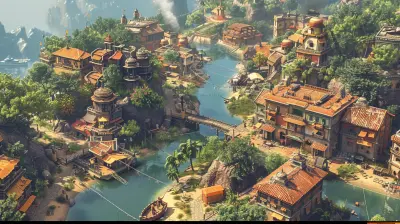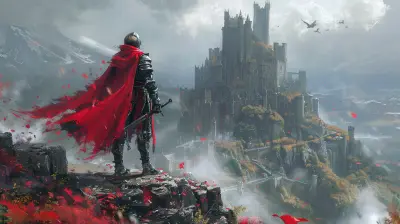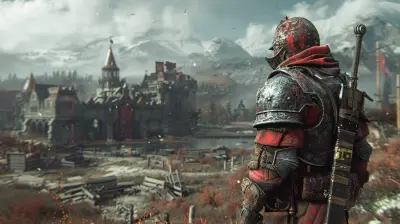The Future of Motion Capture and Voice Acting in Gaming
13 October 2025
Gaming isn’t just about pixels and polygons anymore — it’s about performance. The line between Hollywood and the gaming world is getting thinner by the day. If you’ve ever played a game and thought, “Wow, that character felt real,” chances are, you just witnessed some high-level motion capture and voice acting magic.
But where is it all heading? Is this just the beginning of a revolution in how games tell stories and make us feel things? Absolutely. The future of motion capture (or “mo-cap” for short) and voice acting is not only exciting — it’s jaw-droppingly advanced.
Let’s dive into what’s next, and why gamers, developers, and performers alike should be paying close attention.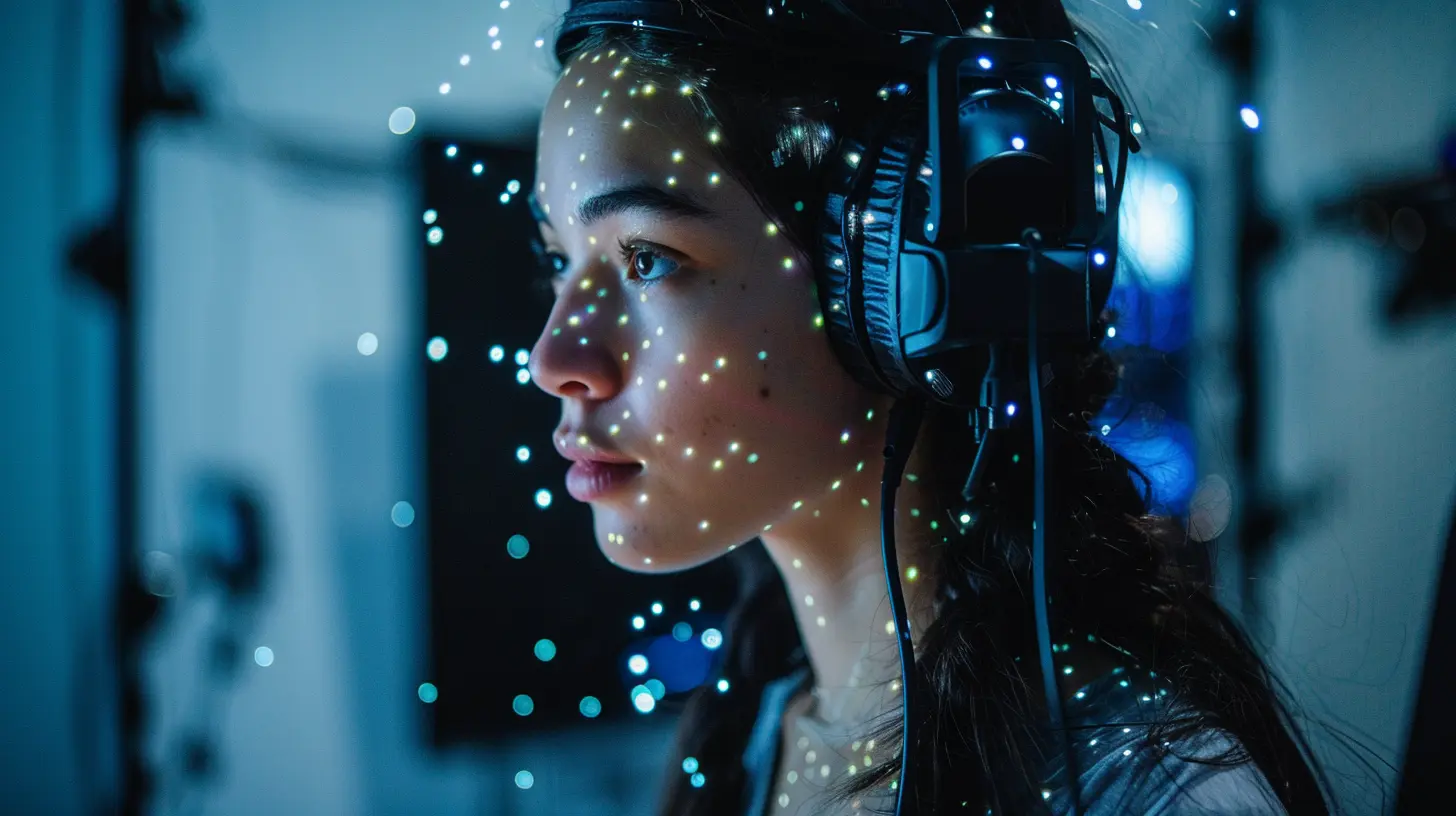
What Is Motion Capture and Voice Acting in Gaming?
Alright, let’s break it down first. At its core, motion capture is a tech that records the movement of objects or people. In games, this usually means actors wearing special suits dotted with sensors to track their body movement, facial expressions, and sometimes even eye movements.Voice acting, on the other hand, brings the characters to life with speech and emotion. Great voice acting can turn a digital model into a believable, relatable character. Together? They're the dynamic duo behind some of gaming’s most unforgettable moments.
Think of Ellie from The Last of Us, or Arthur Morgan from Red Dead Redemption 2. You felt their pain, joy, and fear — that’s because talented actors weren’t just reading lines or moving around. They were performing.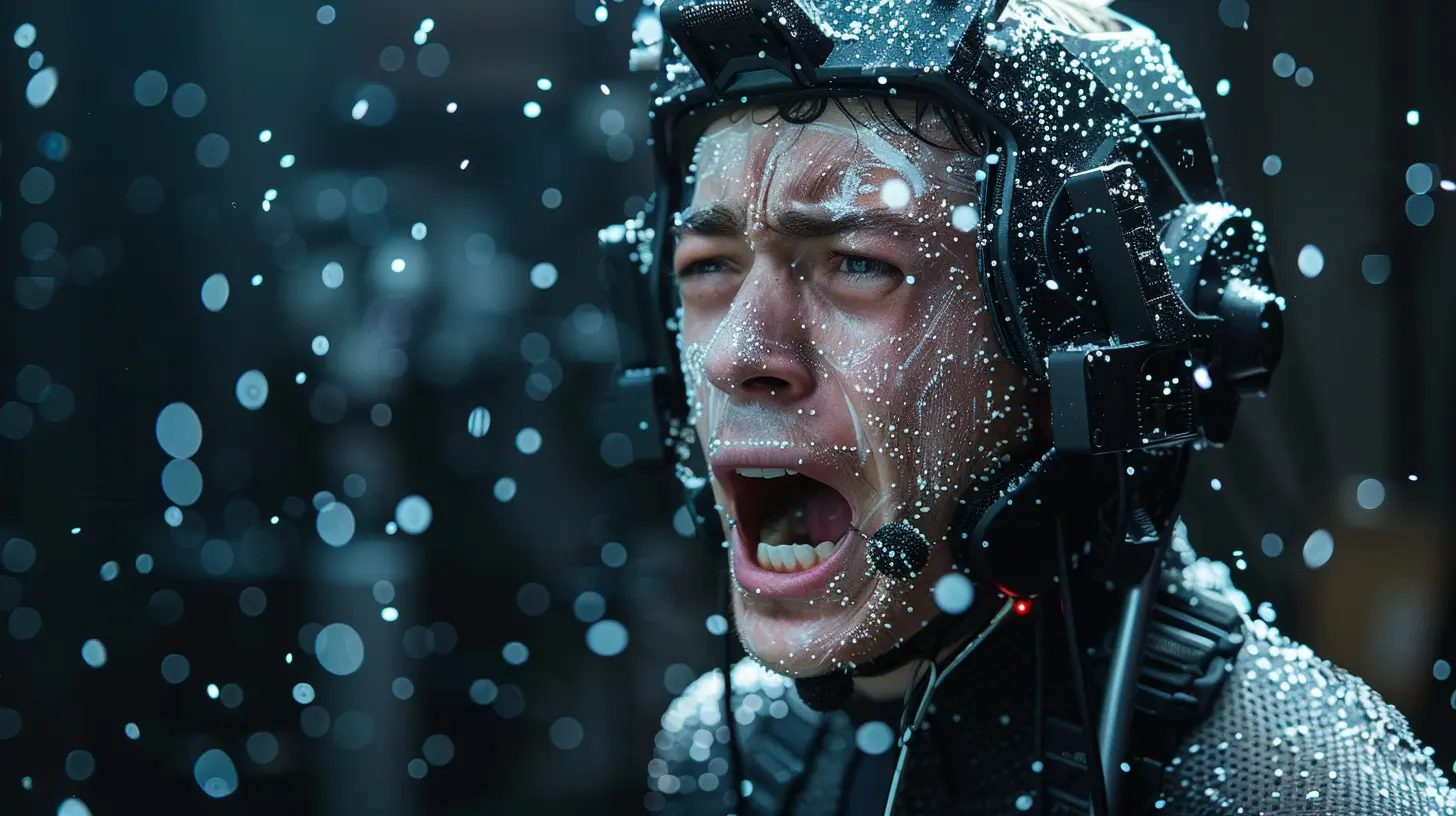
Motion Capture Is Evolving — Fast
We’re no longer in the era of stiff animations and robotic movements. Today’s mo-cap tech can capture the tiniest twitch of a lip, the subtlest shift in posture. And it's only getting better.Full-Body Performance Capture
In the past, voice, face, and body were often recorded separately. But with full-performance capture, actors can now perform entire scenes — dialogue, facial expression, body language — all at once. This gives developers richer data and results in more immersive gameplay experiences.Studios like Naughty Dog and Rockstar are already masters of this technique, but the level of fidelity we’re seeing now is next-level. Soon, we might struggle to distinguish game footage from real life.
Real-Time Motion Capture
Real-time mo-cap allows developers and directors to see characters in action as the actors perform, with their movements mapped onto digital avatars instantly.Why does this matter? Imagine a film director seeing the final movie as it’s being filmed. That’s what this tech does for game devs — it helps them make better creative decisions on the fly.
It’s quicker, more intuitive, and it slashes production time significantly.
AI + Motion Capture
Artificial Intelligence is also stepping into the scene. Machine learning algorithms are already being used to smooth animations and fill in gaps where mo-cap data might be missing.Soon, we might see AI predicting an actor’s full movement range with just a few inputs — imagine the cost and time saved.
And when indie developers get their hands on that kind of tool? We’re talking about leveling the playing field in a big way.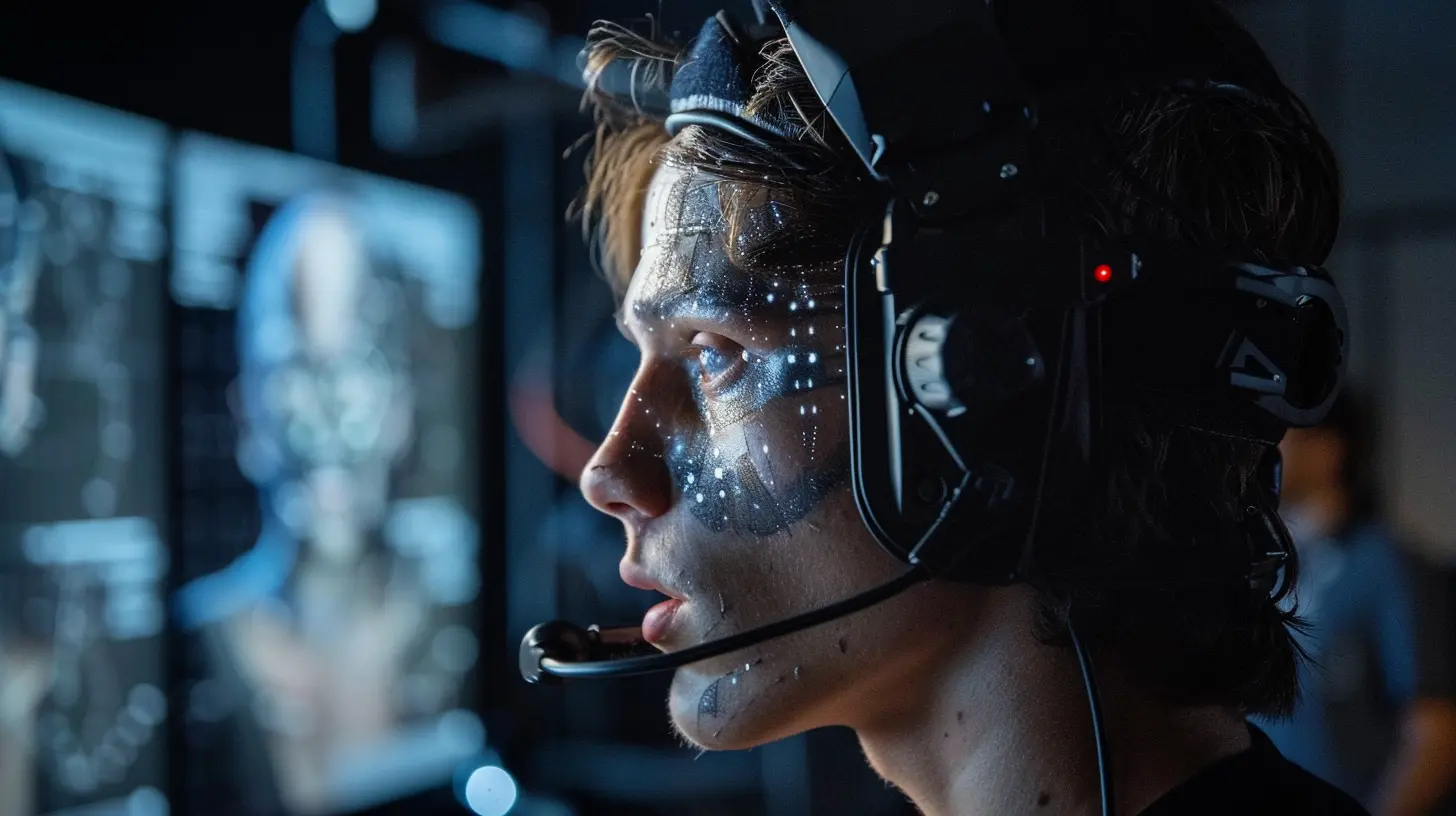
The Rise of Virtual Production
Ever heard of the term “virtual production”? It’s where filmmaking techniques meet gaming engines. Think of how The Mandalorian was shot using Unreal Engine. Now picture using the same tech to build game worlds — and act inside them.Actors can now perform inside shared digital spaces, interacting with virtual environments that respond in real time. This adds a layer of authenticity that simply wasn’t possible before.
This is especially powerful for VR games, where immersion is the whole point. You want a lifelike interaction? You need lifelike acting — and now, we’re getting the tools to make that happen.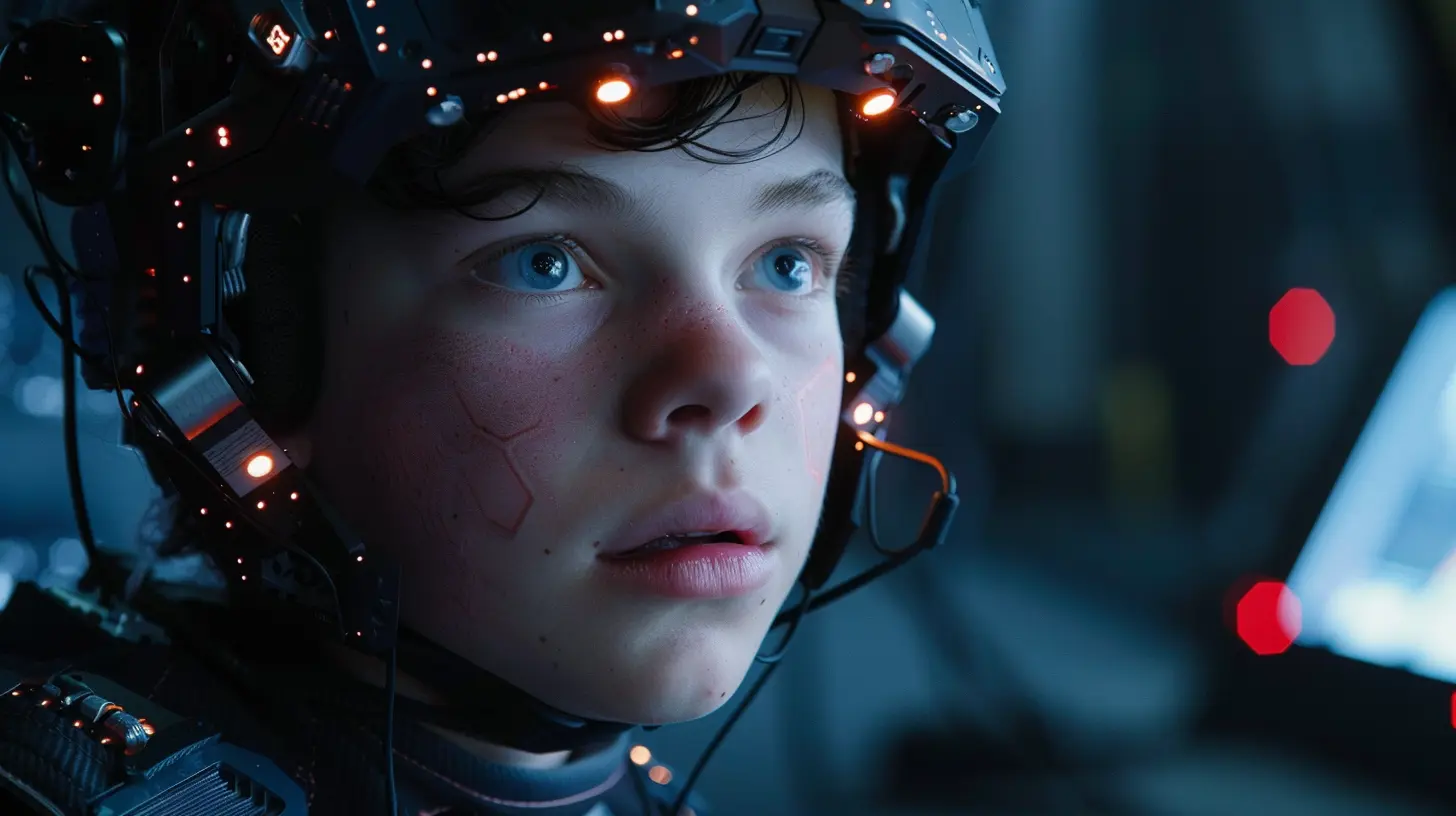
Voice Acting: From Script Reading to Storytelling Powerhouse
Voice acting isn’t just about reading lines anymore. It’s about embodying a character, owning their story, and becoming part of the narrative engine that drives the entire game.More Than Just a Voice
With emotion-tracking software and advanced audio capture, voice acting takes on dramatic new depth. Players feel like they’re talking to another person, not just a programmed response.In many story-driven games, especially RPGs, branching narratives rely heavily on nuanced voice performances to pull off believable character development.
AI Voice Cloning — Friend or Foe?
Yeah, let’s talk about the elephant in the room — AI voice cloning. This tech can recreate a voice from just a few minutes of audio. It’s being explored for game development, but it’s raising serious questions.Pros? It can help with smaller projects, speed up production, and allow voice lines to be modified long after the original actor is done.
Cons? It could threaten real voice actors’ roles and raise ethical concerns. Ever heard of deepfakes? You get the idea.
The industry’s still figuring this out. But one thing’s for sure — AI voices will never 100% replace the raw emotion and humanity that real actors bring to the table.
At least not yet.
The Actor’s Role Is Changing
Motion capture and voice acting are no longer separate gigs. More and more, actors are being asked to do both — which means a new skillset is emerging.Performance Artists, Not Just Voice Actors
Today’s performers often wear head-mounted cameras, full motion suits, and deliver emotional lines — all at the same time. They’re not just voice actors or body doubles; they’re performance artists who act in 360 degrees.This opens the door to actors with stage experience, dancers, athletes, and more. It’s a melting pot of talent and creativity — and it’s producing some of the most believable characters we’ve ever seen.
Training for the Next Generation
Acting schools are already adapting. Programs focused on performance capture are popping up, blending traditional acting training with technical know-how. It’s like going to Hogwarts, but for game development.Game companies are also providing more support for actors — everything from physical coaching, emotional prep for intense scenes, to real-time feedback loops.
The result? Stronger performances, richer worlds, and happier fans.
How Indies Are Taking Advantage
Think this is just for the AAA giants? Think again.With access to lower-cost motion capture solutions — like home studios using iPhones and off-the-shelf software — even indie developers are starting to implement high-quality acting in their games.
This means we’ll start seeing emotional storytelling and cinematic quality from much smaller teams. It’s a game-changer (pun intended), giving more creators a shot at making something truly special.
The Player Is Part of the Performance
It’s not just actors in the spotlight anymore. Players themselves are becoming part of the performance in some cases.Player-Driven Dialogue with Motion and Voice
Games like Starfield and Cyberpunk 2077 let players choose voices for their characters. Combine that with personalized animations and maybe in the future, even motion-captured gestures via webcam or VR gear? Now you’re not just playing the game — you’re acting in it.UGC and Modding in the Mo-Cap Era
User-generated content (UGC) is going to explode. As motion capture tech becomes more available, modders and creators will be able to add their own fully-performed characters to games like Skyrim or GTA V.It adds another layer of depth and personalization to the gaming experience.
What Challenges Lie Ahead?
As exciting as all this is, it’s not all sunshine and polygons. There are real hurdles to overcome.Technical Limitations
Not everyone can afford Hollywood-level gear. High-end mo-cap systems and studios cost a fortune. That said, tech is advancing rapidly, and more affordable tools are arriving every year.Ethical Questions
As AI-generated performances become more common, there’s a growing concern about consent, compensation, and authenticity. Gamers want to connect with real people, not AI puppets — but where do we draw the line?Voice actors are already fighting back, demanding legal protections and transparency when AI is used.
Fatigue and Burnout
Doing motion capture is physically demanding. Combine that with emotionally heavy performances, and it takes a toll on actors. Studios are realizing the importance of actor wellness, but there’s still work to do.So, What Does the Future Really Look Like?
Here’s the deal — motion capture and voice acting are reshaping how we interact with stories in games. The tech is only going to get more powerful, more affordable, and more essential in crafting immersive experiences.We could see:
- Entire indie games with Hollywood-level acting
- Players co-starring in cutscenes alongside AI-adapted characters
- Real-time world building, where performances become gameplay
- AI tools supporting, not replacing, human creativity
The possibilities are wild. And honestly? We’ve only just scratched the surface. Whether you're a gamer, a dev, or someone who just loves good storytelling, the fusion of performance and technology in gaming is something to keep your eyes on.
So the next time you feel your heart race during a cutscene, or you’re blown away by a character’s delivery — take a moment to appreciate what’s happening under the hood.
Because the future of gaming isn’t just about graphics or gameplay mechanics.
It’s about the people behind the pixels — and the emotions they bring to life.
all images in this post were generated using AI tools
Category:
Voice Acting In GamesAuthor:

Whitman Adams
Discussion
rate this article
1 comments
Ella Snyder
Exciting times ahead for gaming! 🎮✨
October 17, 2025 at 4:38 PM

Whitman Adams
Absolutely! The advancements in motion capture and voice acting are set to revolutionize gaming experiences. Exciting times indeed! 🎮✨
